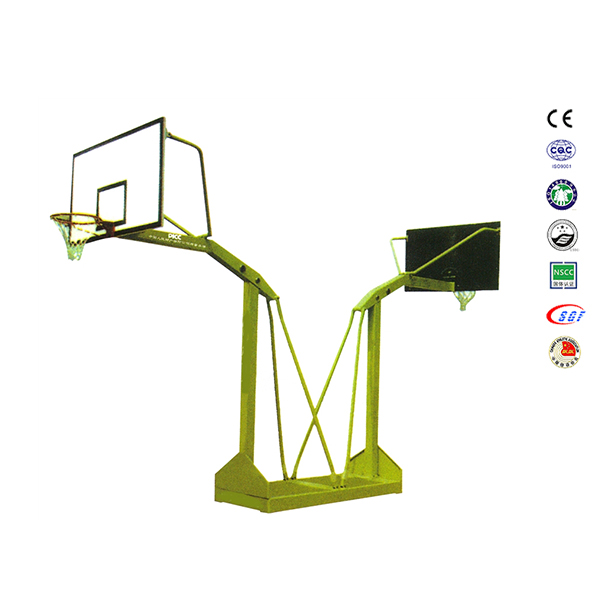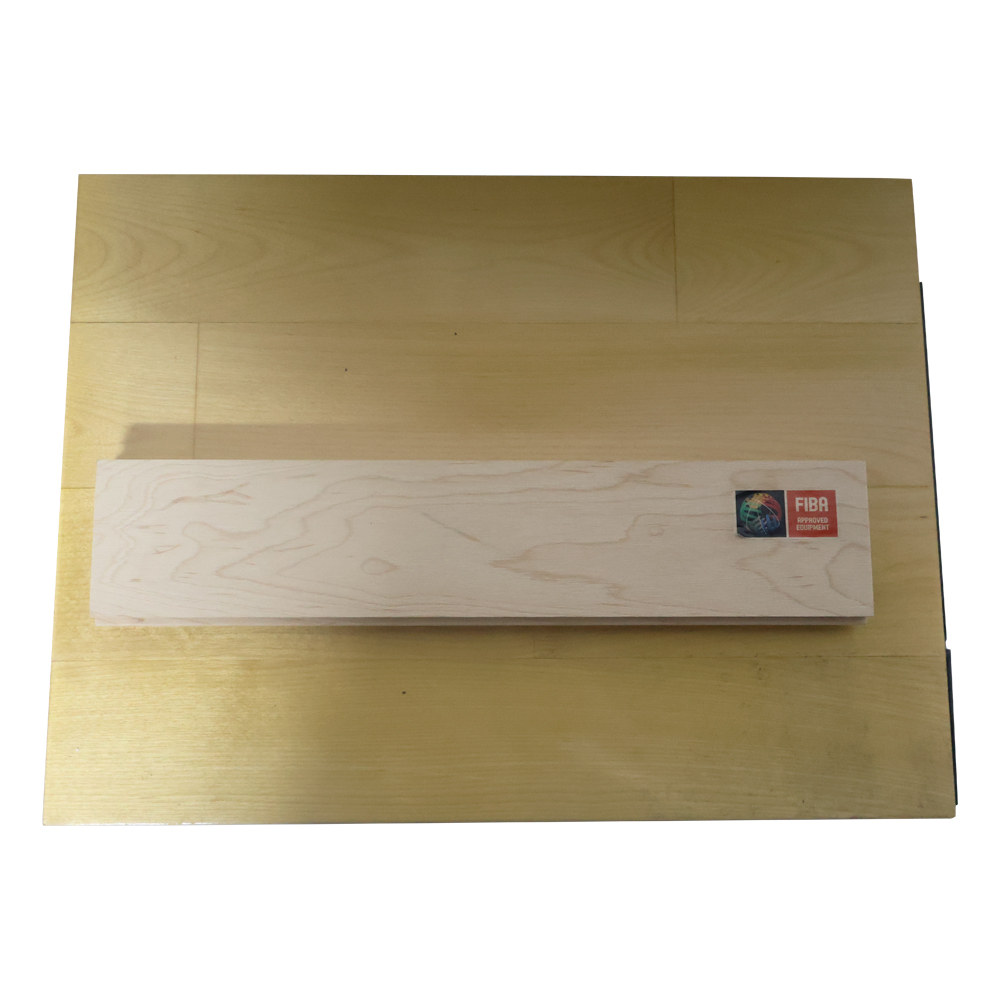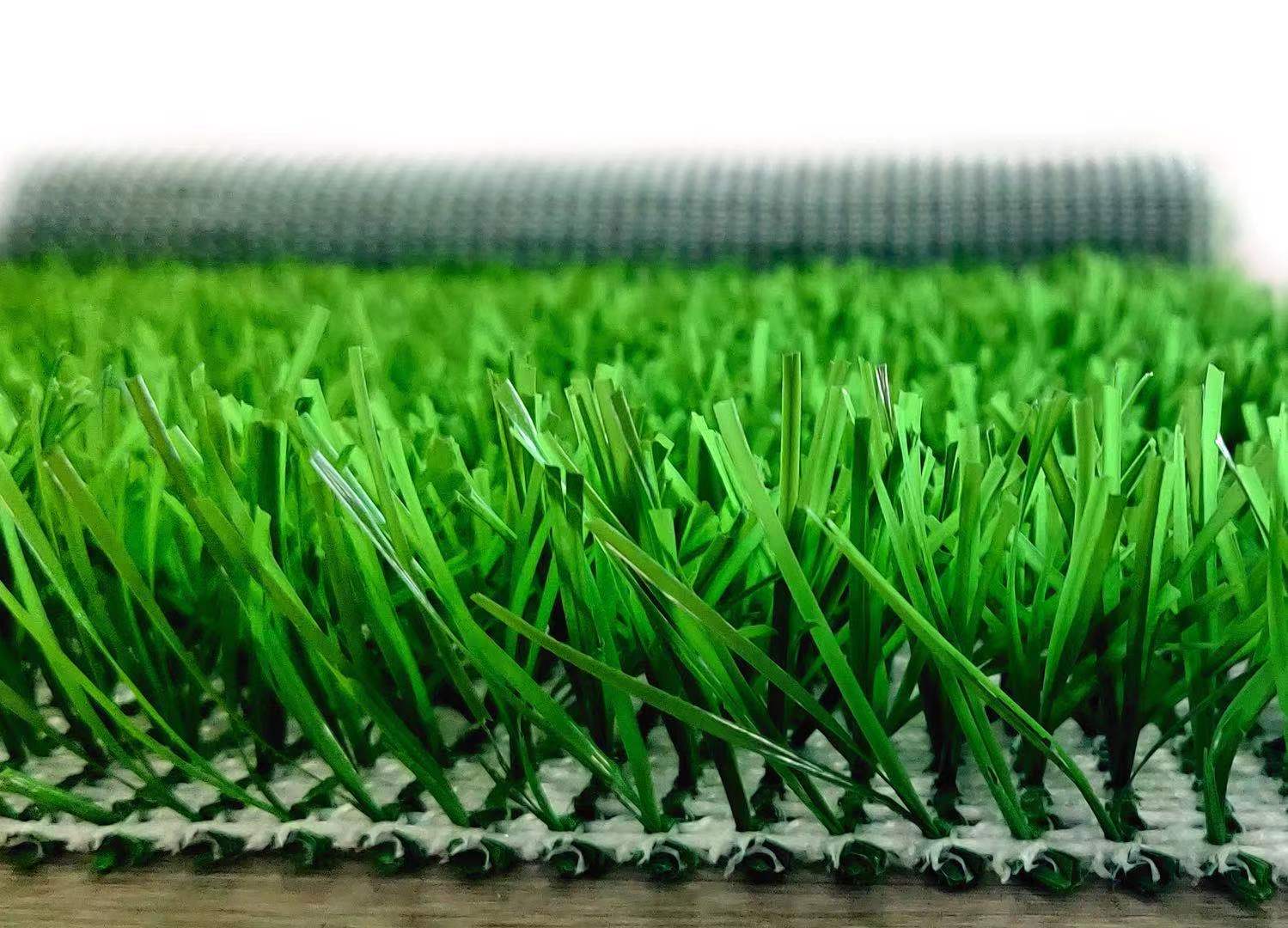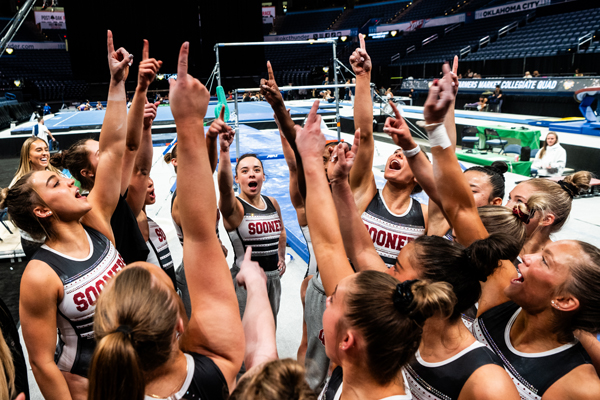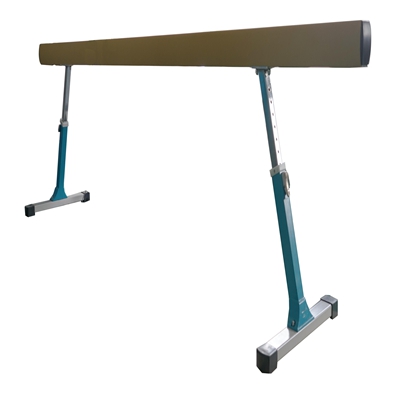Product
Best home gymnastics beam length and width
Basic Info
If the athlete still does not successfully complete the approach after the second run-up, the athlete must go directly to the apparatus to complete the routine. An error in the approach (not listed in the difficulty table) will result in a direct deduction of the choreography score, but if the athlete has not previously touched the pedals or apparatus, there is no additional deduction.
The balance beam has a time limit for completion, and there are strict regulations on the difficulty of the complete set of movements and aerial skill strings. The balance beam movement, as its name suggests, requires balance ability. Athletes need to perform a series of dance and somersault movements on a crossbar that is 1.2 meters above the ground and has a surface width of about 10 centimeters.
Body posture and control are the most important. Many movements on the balance beam are similar to floor exercises, but the difficulty is increasing. Athletes also balance the beam from a springboard, complete the movement within 75 to 90 seconds, and descend the balance beam. The balance beam movement also requires coherence. Insufficient or exceeding time, swaying, landing midway, pausing, etc. will result in deduction of points.
Due to the increasing difficulty of athletes, the balance beam competition has become increasingly exciting. In 1972, when Olga Korcut first performed a backflip in the Olympic balance beam competition, someone attempted to prohibit the use of backflips in the balance beam because it was too dangerous. Fortunately, this was not implemented, so today we saw increasingly exciting balance beam competitions or performances.
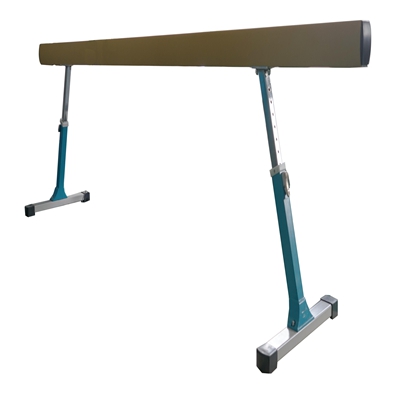
Aluminium Gymnastic Balance Beam
The balance beam movement originated in the Roman era BC, requiring athletes to perform a series of dance and somersault movements on a horizontal beam.
The balance Beam movement, as its name suggests, requires balance ability. Athletes need to perform a series of dance and somersault movements on a crossbar that is 1.2 meters above the ground and has a surface width of about 10 centimeters.
Body posture and control are the most important, and many movements on the balance beam are similar to floor exercises, but the difficulty is increasing. Athletes also balance the beam from a springboard, complete the movement within 75 to 90 seconds, and descend the balance beam. The balance beam movement also requires coherence. Insufficient or exceeding time, swaying, landing midway, pausing, etc. will result in deduction of points.
Due to the increasing difficulty of athletes, the balance beam competition has become increasingly exciting. In 1972, when Olga Korcut first performed a backflip in the Olympic balance beam competition, someone attempted to prohibit the use of backflips in the balance beam because it was too dangerous. Fortunately, this was not implemented, so today we saw increasingly exciting balance beam competitions or performances.

Wooden Low Bar Floor Balance Beam
Originating from the Roman era before BC. At the end of the 18th century, German gymnasts used it as an auxiliary equipment for gymnastics training, which was later introduced to European and American countries. Initially, the balance Beam was circular, supported by brackets at both ends and in the middle. In the early 19th century, German gymnast Gutzmuth designed the balance beam as a flat surface and placed it on the ground. In 1845, it became a women's gymnastics event. The balance beam is a square wooden strip, 5 meters long and 10 centimeters wide, with a height of 1.20 meters from the ground. In the balance beam final, each team can have a maximum of two athletes competing, and only those who rank in the top eight or top six on the balance beam in team competitions are eligible to participate. Only compared to optional actions. The final ranking is determined by dividing the total score of the athlete's designated movements and their chosen movements in the team competition by half, plus the score of their chosen movements in the balance beam final. The higher the score, the higher the ranking. The maximum score is 20 points. Since the 1992 Olympic Games, team scores have not been included in individual events and are only determined based on the results of the self selected movements. The maximum score is 10 points. In 1952, it was listed as an Olympic event.
The balance beam is 5 meters long, 0.1 meters wide, and can be raised or lowered as needed. The official competition height is 1.2 meters. The balance Beam has a time limit for completion, and there are strict regulations on the difficulty of the complete set of movements and aerial skill strings.

8 Foot Folding Balance Beam Sale For Home
The complete set of actions starts counting when both feet leave the pedal or mat. It is not allowed to add supports under the pedal.
When a contestant does not come into contact with the pedal/equipment during their first approach, they are allowed to complete the upper method with a second approach. If a contestant still fails to complete the upper set after the second approach, they must directly onto the equipment to start the complete set. Errors made in the above method (not appearing on the difficulty table) will result in a deduction of arrangement points, but if the player has not previously touched the backpedal or equipment, no additional deduction will be made.






